Barley Production Resources
From managing FHB and understanding chit, to battling herbicide-resistant weeds and optimizing your natural air drying (NAD) systems, SaskBarley provides resources to make it easier for you to grow quality barley year-after-year.
Search the categories below:
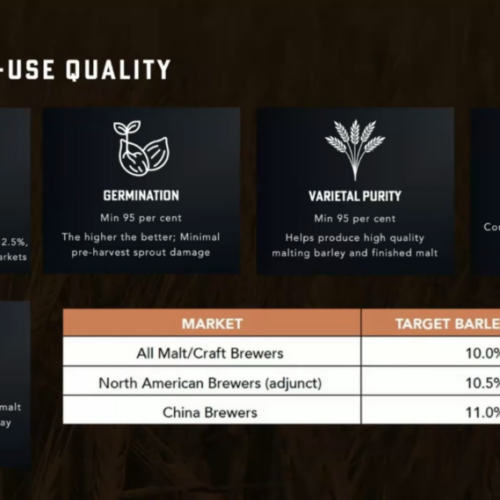
Malt Barley Seeding and Production Recommendations
Four malt barley agronomy and marketing experts provide malt barley seeding and production recommendations and discuss the agronomic and economic benefits of growing barley.
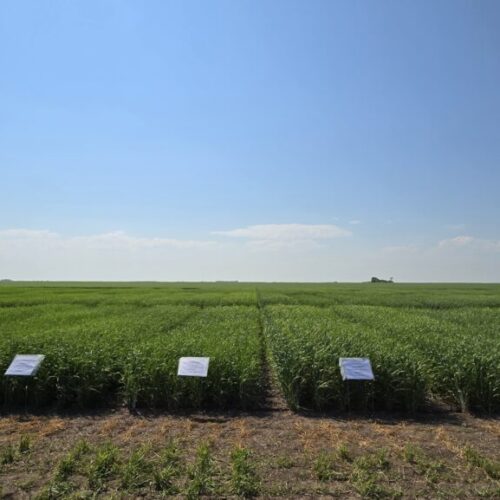
2024 Enhanced Barley Variety Trial Results – Yorkton, SK
Watch Mike Hall, East Central Research Foundation summarize the 2024 Enhanced Barley Variety Trials in Yorkton, SK, covering nitrogen, PGR, and fungicide efficacy results. See how these findings impact your barley production.
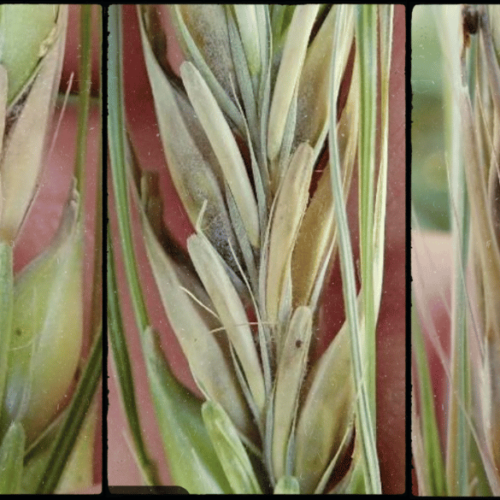
Risk maps are just one tool to help manage Fusarium Head Blight
This July 2024 update reveals varying risk levels of fusarium head blight (FHB) between crop types, with spring wheat showing higher risk compared to durum and barley.

Barley Disease Management Resources
Read, listen or watch these resources to help you assess risk, scout and manage barley disease like fusarium head blight, cereal rust and other leaf spot diseases in your barley crop.

Reminder: Keep Treated Seed Out of Your Grain Deliveries
Treated seed contamination in grain deliveries can lead to financial penalties & harm Canada’s reputation. Learn how to keep your grain clean & meet quality standards.
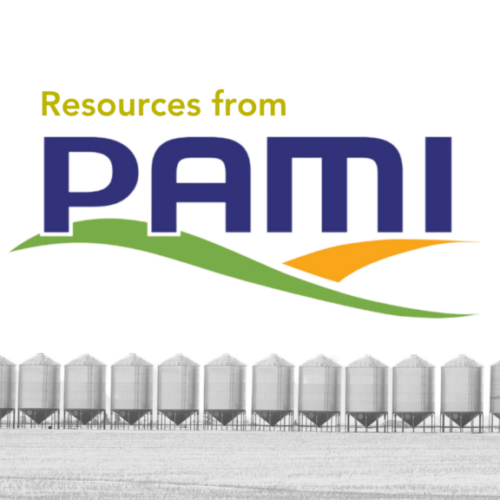
FAQs on Grain Storage & Drying from PAMI
The following is a summary of frequently asked questions about grain drying and storage by PAMI. They also provide guidance on where to look for reference material on the topic.
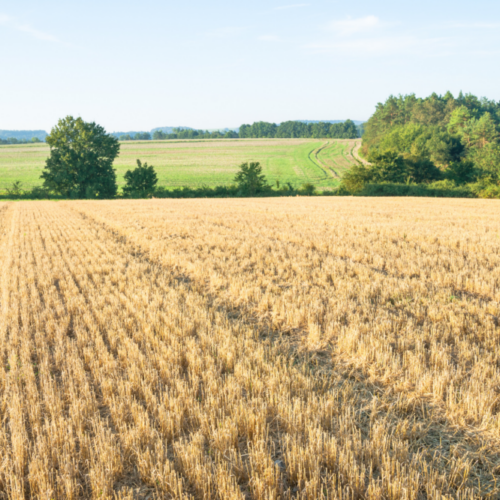
Post-Harvest Guide: Essential Fall Management Strategies for Your Farm
Prepare for a successful next season by addressing fall management tasks like nutrient management, weed control, insect pressure, and residue management. Learn the best practices for soil testing, fertilizer application, and pest management.
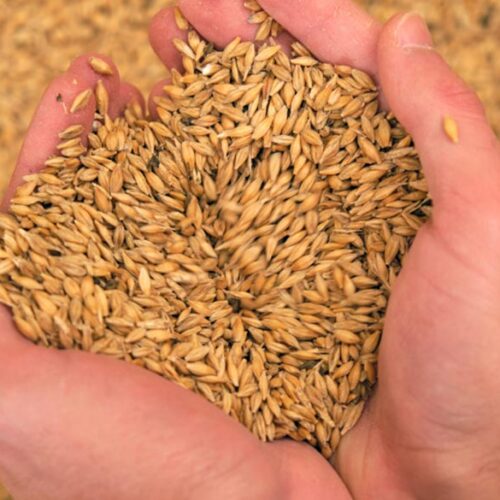
Harvest Sample Program – Get a Free Assessment of Your Grain’s Quality
Take advantage of the free Harvest Sample Program offered by the CGC and gain valuable insights into your product. Understanding the quality of what’s in your bins can help you make more informed marketing decisions. Learn more…
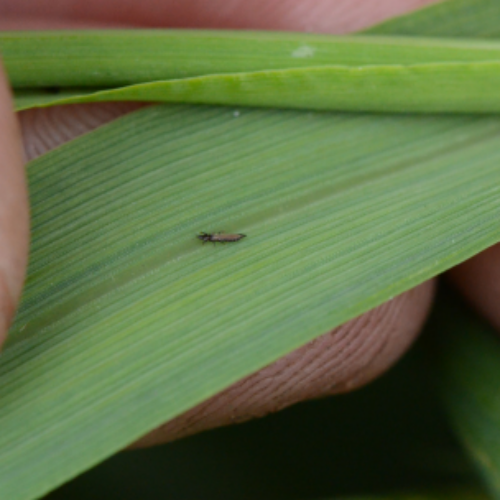
The Trouble with Thrips: How to Identify and Manage This Cereal Pest
Dr. James Tansey of the Saskatchewan Ministry of Agriculture outlines all you need to know about scouting and calculating the economic damage caused by thrips in barley.
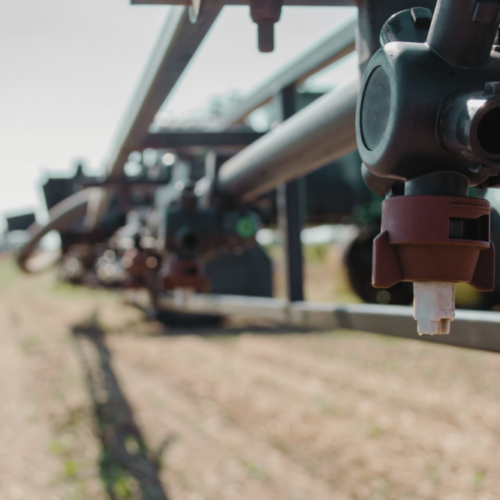
Lambda Cyhalothrin (Matador®, Silencer®, etc.) Update
In 2023, the Pest Management Regulatory Agency (PMRA) ruled that lambda cyhalothrin (trade names include Matador®, Silencer®, etc.) uses must be restricted. PMRA is the division of Health Canada responsible for reviewing safety data for pesticides.

Insecticide Options and Pest Management Strategies for 2024
Welcome to our comprehensive quick reference guide for insecticide options and pest management strategies. In this document, we provide a concise overview of key insecticide options, and threshold guidelines to optimize crop protection and enhance yields. Read more…
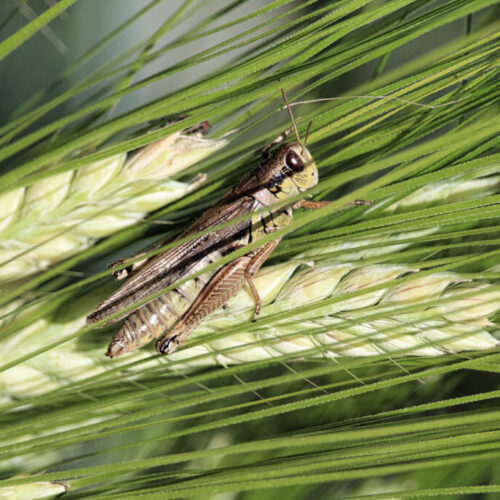
Grasshoppers: Forecast, Monitoring and Management
Two-striped grasshopper was identified as the main pest species in South Central, Southwestern, and Southeastern Saskatchewan in 2023 with some hotspots of the lesser migratory grasshopper, primarily in far-southern RMs.
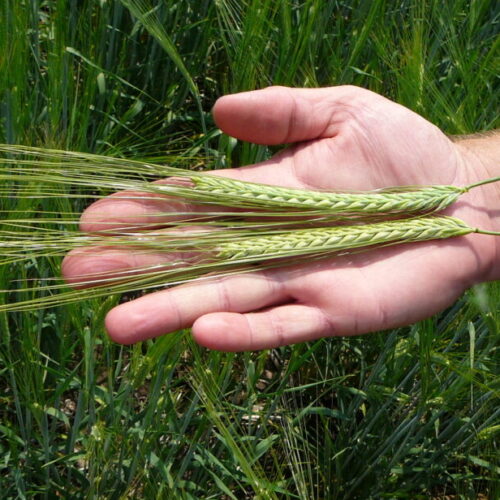
Beyond Austenson: Game Changing New Feed Barley Varieties
Discover farmer funded new feed barley varieties that offer higher yields, better standability and more modern disease packages. Read more…

Malt Barley Seeding and Production Recommendations
Four malt barley agronomy and marketing experts provide malt barley seeding and production recommendations and discuss the agronomic and economic benefits of growing barley.

2024 Saskatchewan Seed Survey Interim Results
This survey provides a record of seed-borne pathogen trends in pulse and cereal crops and allows for continued tracking of diseases over time.
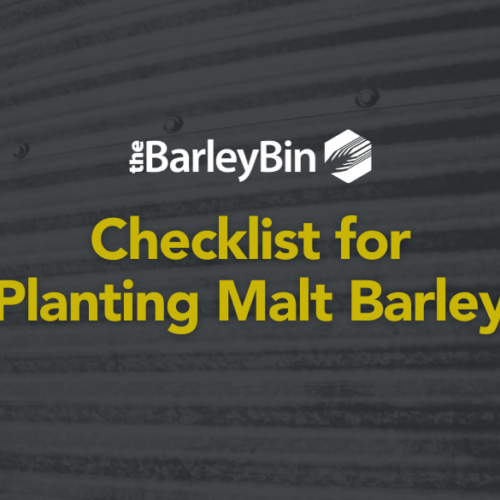
A Quick Checklist for Planting Malt Barley
Here is a quick checklist for producers looking to plant malt barley this spring.

Malt Barley Seeding and Production Recommendations
Four malt barley agronomy and marketing experts provide malt barley seeding and production recommendations and discuss the agronomic and economic benefits of growing barley.

Feed Barley: Pre-Harvest Glyphosate Staging for Weed Control
Do not apply pre-harvest glyphosate to your cereal crops when the grain moisture is above 30%. This could leave unacceptable residue levels and impact the marketability of your grain. Use the thumbnail test to determine whether your grain is at the appropriate stage of maturity.

Special Edition: On-Farm Management of Herbicide Resistant Weeds – Josh Lade and Haley Tetreault
This special episode of the BarleyBin podcast was produced in collaboration with Sask Wheat and the Wheat Profit podcast. It focuses on the growing threat of herbicide resistance weeds to the prairies. Herbicide resistant wild oats being the most concerning…

Keep it Clean: Understanding Market Risks and Ensuring Crop Marketability
Review the 2024 Product Advisory when building your crop protection plan. The recently released 2024 Product Advisory from KeepItClean.ca serves as a crucial resource for growers navigating the complexities of crop protection products and their potential impact on marketability.
Barley Production Resources
From managing FHB and understanding chit, to battling herbicide-resistant weeds and optimizing your natural air drying (NAD) systems, SaskBarley provides resources to make it easier for you to grow quality barley year-after-year.
Search the categories below:
Malt Barley Seeding and Production Recommendations
Four malt barley agronomy and marketing experts provide malt barley seeding and production recommendations and discuss the agronomic and economic benefits of growing barley.
2024 Enhanced Barley Variety Trial Results – Yorkton, SK
Watch Mike Hall, East Central Research Foundation summarize the 2024 Enhanced Barley Variety Trials in Yorkton, SK, covering nitrogen, PGR, and fungicide efficacy results. See how these findings impact your barley production.
Risk maps are just one tool to help manage Fusarium Head Blight
This July 2024 update reveals varying risk levels of fusarium head blight (FHB) between crop types, with spring wheat showing higher risk compared to durum and barley.
Reminder: Keep Treated Seed Out of Your Grain Deliveries
Treated seed contamination in grain deliveries can lead to financial penalties & harm Canada’s reputation. Learn how to keep your grain clean & meet quality standards.
FAQs on Grain Storage & Drying from PAMI
The following is a summary of frequently asked questions about grain drying and storage by PAMI. They also provide guidance on where to look for reference material on the topic.
Post-Harvest Guide: Essential Fall Management Strategies for Your Farm
Prepare for a successful next season by addressing fall management tasks like nutrient management, weed control, insect pressure, and residue management. Learn the best practices for soil testing, fertilizer application, and pest management.
The Trouble with Thrips: How to Identify and Manage This Cereal Pest
Dr. James Tansey of the Saskatchewan Ministry of Agriculture outlines all you need to know about scouting and calculating the economic damage caused by thrips in barley.
Lambda Cyhalothrin (Matador®, Silencer®, etc.) Update
In 2023, the Pest Management Regulatory Agency (PMRA) ruled that lambda cyhalothrin (trade names include Matador®, Silencer®, etc.) uses must be restricted. PMRA is the division of Health Canada responsible for reviewing safety data for pesticides.
Insecticide Options and Pest Management Strategies for 2024
Welcome to our comprehensive quick reference guide for insecticide options and pest management strategies. In this document, we provide a concise overview of key insecticide options, and threshold guidelines to optimize crop protection and enhance yields. Read more…
Beyond Austenson: Game Changing New Feed Barley Varieties
Discover farmer funded new feed barley varieties that offer higher yields, better standability and more modern disease packages. Read more…
Malt Barley Seeding and Production Recommendations
Four malt barley agronomy and marketing experts provide malt barley seeding and production recommendations and discuss the agronomic and economic benefits of growing barley.
2024 Saskatchewan Seed Survey Interim Results
This survey provides a record of seed-borne pathogen trends in pulse and cereal crops and allows for continued tracking of diseases over time.
Malt Barley Seeding and Production Recommendations
Four malt barley agronomy and marketing experts provide malt barley seeding and production recommendations and discuss the agronomic and economic benefits of growing barley.
Feed Barley: Pre-Harvest Glyphosate Staging for Weed Control
Do not apply pre-harvest glyphosate to your cereal crops when the grain moisture is above 30%. This could leave unacceptable residue levels and impact the marketability of your grain. Use the thumbnail test to determine whether your grain is at the appropriate stage of maturity.
Special Edition: On-Farm Management of Herbicide Resistant Weeds – Josh Lade and Haley Tetreault
This special episode of the BarleyBin podcast was produced in collaboration with Sask Wheat and the Wheat Profit podcast. It focuses on the growing threat of herbicide resistance weeds to the prairies. Herbicide resistant wild oats being the most concerning…

